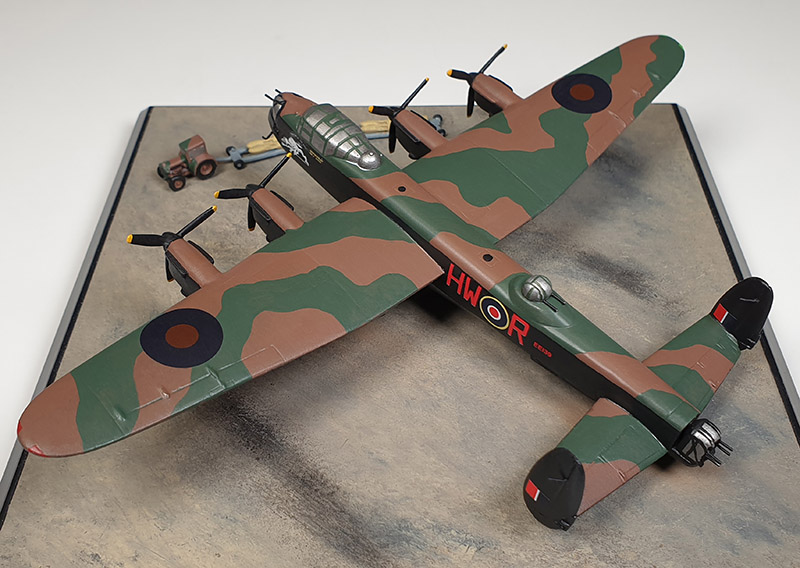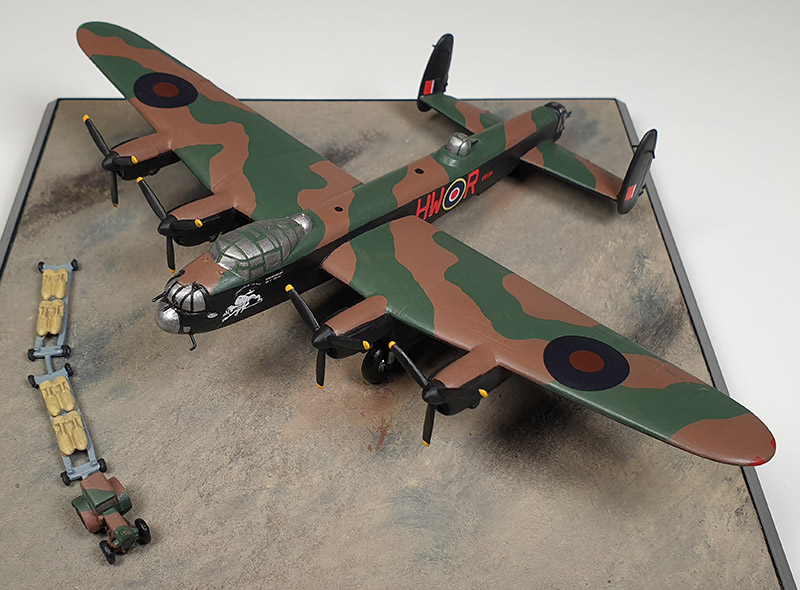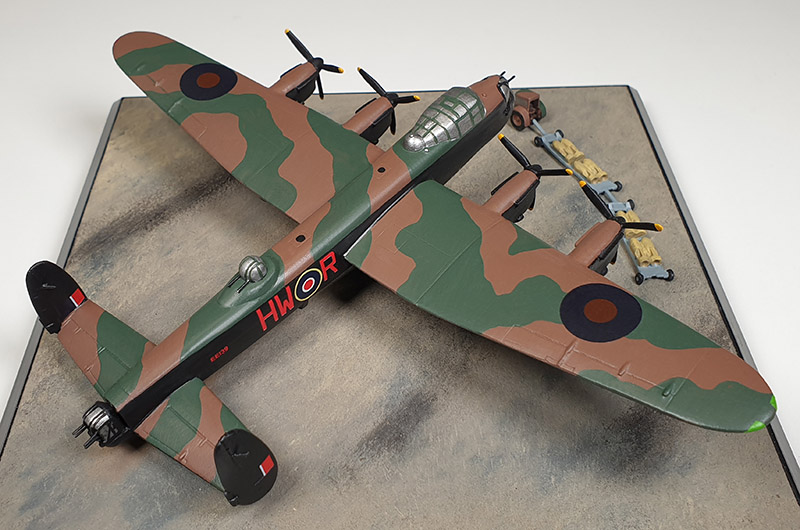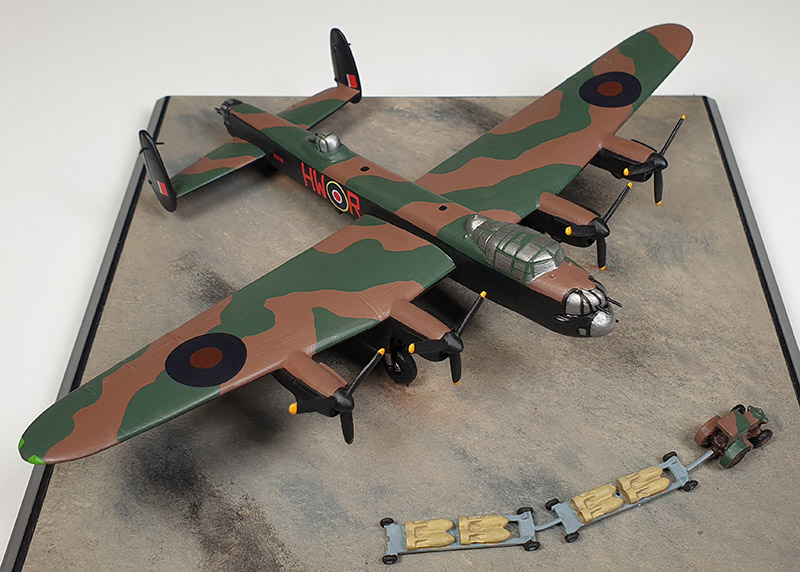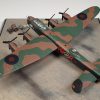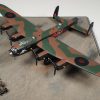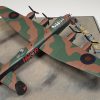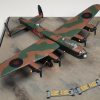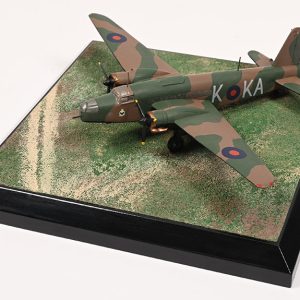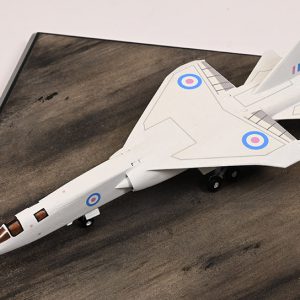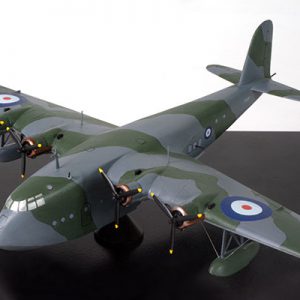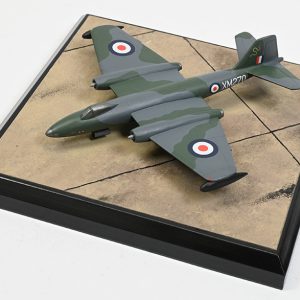Avro Lancaster Mk III EE139 HW-R ‘Phantom of the Ruhr’
100 Squadron RAF, Waltham, 1943.
Avro Lancaster Mk III EE139 was built at Avro’s Newton Heath works in Manchester as part of an order for 620 Lancasters; a B.III, it was powered by Packard Merlin 28s. It was delivered to RAF Grimsby at the end of May 1943; this airfield had been opened as a satellite to Binbrook, and was generally known by its pre-war name of Waltham. The aircraft was allocated to a crew just out of training captained by Sergeant Ron Clark and originally allocated the code FZ-A indicating that it belonged to ‘C’ Flight of 100 Squadron, but this was later changed to HW-R; the name “Phantom of the Ruhr” was decided by the crew, and the nose-art devised by “Ben” Bennett, the crew’s flight engineer. After seven training flights, the crew’s first operation was on 11 June to Dusseldorf. In all the Lancaster recorded 30 operations with 100 Squadron, with Ron Clark captaining 25 of them; those recorded on the nose tally with ice cream cornets marked Italian targets. German targets included Cologne, Berlin and Hamburg as well as Peenemunde, and the crew’s last trip in the “Phantom” was to Mannheim on the 22/23 September. On this trip they took flak damage and subsequent attention from a night fighter, and for their work in bringing the aircraft and crew safely home, Ron Clark – now a Warrant Officer – and Ben Bennett, whose training as a Halton apprentice helped solve a vibration problem, were awarded the DFC and DFM respectively. EE139 was repaired, and flew four more operations with 100 before ‘C’ Flight became 550 Squadron in November; re-coded BQ-B but retaining the “Phantom” identity, she moved with the squadron to North Killingholme in January 1944, and completed her one hundredth mission on 5 September. On her 102nd trip, to Frankfurt, she suffered further flak damage, and two trips later aquaplaned on returning to North Killingholme and stood on her nose, but she was patched up and went on to complete a further seventeen operations before being retired from the front line. She had flown 830 hours on her 121 operations, and been declared Category 3 (repair beyond the capacity of the unit) three times. She then went on to fly with 1656 Heavy Conversion Unit at Lindholme and 1660 HCU at Swinderby She was scrapped in February 1946. The Battle of Britain Memorial Flight Lancaster, PA474, currently wears the markings of EE139, with those of 100 Squadron on the port side and 550 on the starboard. Ron Clark has visited the Flight several times, and been able to pass on tales of his time with the “Phantom of the Ruhr”.


